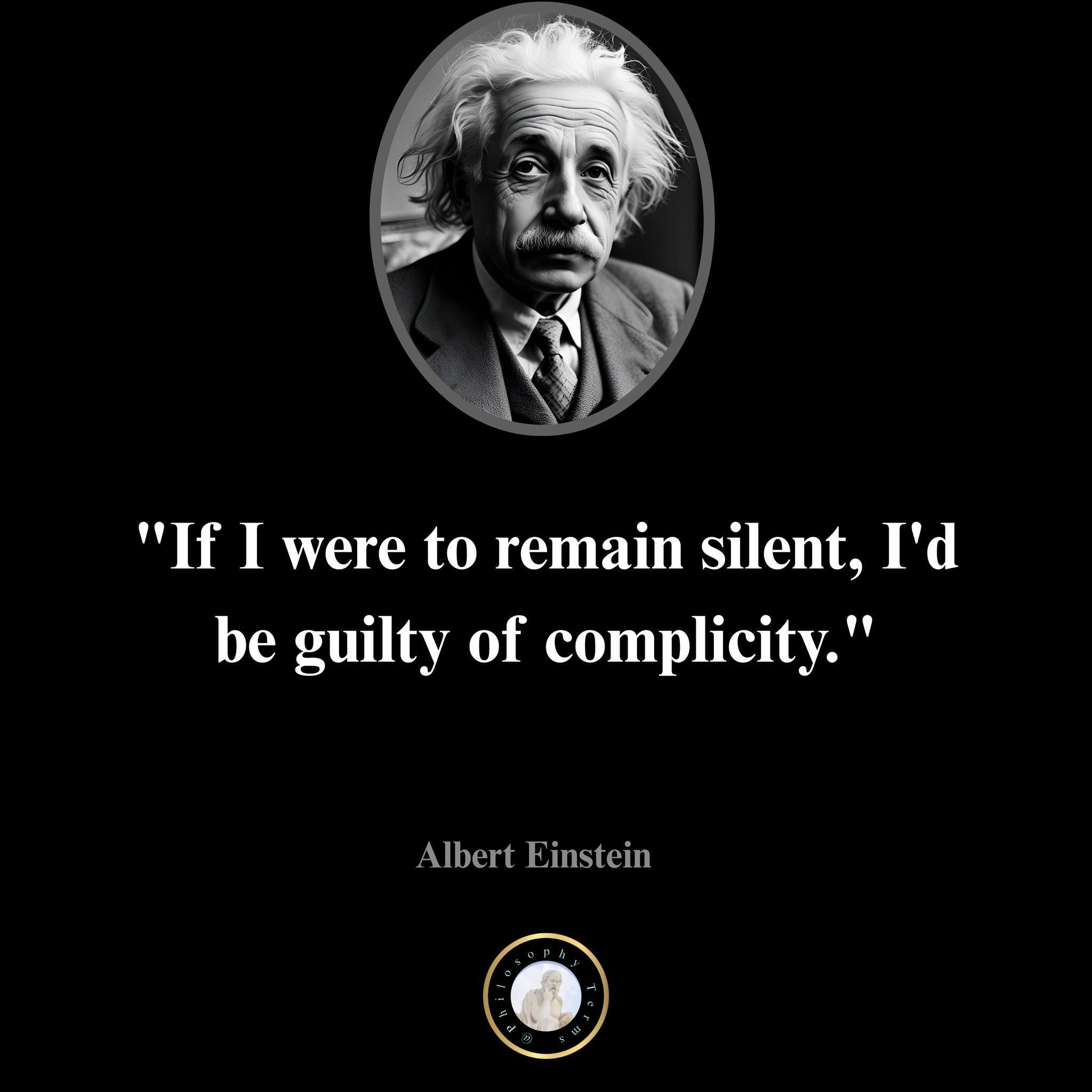As the war in Ukraine drags into its third year, NATO appears to be pivoting from crisis management to long-term planning — not for peace, but for protracted conflict.
At a recent summit in The Hague, incoming NATO Secretary-General Mark Rutte made headlines by announcing the alliance’s commitment to support Ukraine “for as long as it takes” — which, in practical terms, now translates into a ten-year military and financial strategy. NATO leaders agreed in principle to increase collective defence spending to 3.5% of GDP by 2035, a signal that the alliance is no longer expecting a swift end to hostilities.
For Ukraine, however, the summit offered little in the way of immediate reassurance. President Volodymyr Zelensky was largely kept on the sidelines, denied access to core sessions, and received no new weapons packages, no fast-tracked NATO membership, and no direct funding guarantees. Despite being the country at the centre of the war, Zelensky found himself more an observer than a partner — a symbolic move that did not go unnoticed.
The message from NATO was clear: this war is entering a new phase — not one of resolution, but of long-term containment.
Strategic Signalling to Moscow — and Trump
Behind the scenes, NATO’s announcement serves a dual purpose. On one hand, it sends a warning to Russia: the West will not retreat, even if the war lasts a decade. On the other, it may be an insurance policy against the possible return of Donald Trump to the White House.
Trump, known for his disdain for NATO and transactional approach to foreign policy, has previously suggested that the U.S. could abandon Ukraine in favour of a peace deal with Moscow. According to Ukrainian sources, Zelensky recently held direct talks with Trump, seeking clarity on where a second Trump administration might stand. NATO’s long-term plan may be an effort to “Trump-proof” the alliance’s Ukraine policy, locking in commitments that will be difficult for any future U.S. president to undo.
A War of Attrition – or Erosion?
While NATO plans for 2035, the reality on the ground is far more immediate — and brutal. Recent field reports, including from the Military Summary Channel, show Russian forces advancing steadily across multiple fronts.
In Sumy, Russian troops are reportedly clearing the village of Yunakivka, while near Vovchansk, forces have crossed the river and established a foothold in the industrial zone. In Donetsk, the capture of Shcherbanka not only marks a tactical gain, but also grants control over one of Europe’s largest lithium deposits — a resource previously under Western strategic interest.
Further south, in Zaporizhzhia, Malynivka has come under Russian control, while pressure mounts along the Siverskyi Donets–Donbas canal, a crucial defensive line. Ukrainian troops are being pushed back along multiple axes, raising questions about how long their positions — and morale — can hold.
According to defence analyst Willy OAM, who has been tracking the war from a geopolitics perspective, Russia’s strength now lies not in overwhelming firepower, but in strategic adaptation. “They’re building their own drones, mass-producing glide bombs, and outpacing Ukrainian defences with deeper strikes,” he says. “Ukraine’s rear is no longer safe. Logistics hubs 30–40km behind the front lines are being hit. You can’t run a war if you can’t keep your soldiers supplied.”
The Lithium Factor: War for Resources
One of the most underreported developments is Russia’s seizure of Shcherbanka, a quiet rural settlement with enormous strategic significance. Buried beneath it lies Europe’s largest lithium deposit — a mineral crucial to the global electric vehicle market, battery storage systems, and green energy infrastructure.
Until recently, these resources were the subject of negotiations between Ukraine and Western firms. Now, they’re under Russian control. As war transforms into occupation, resource extraction could become a major front — not just for military dominance, but economic leverage.
If Russia consolidates control over these minerals, it could undercut Europe’s green transition plans and secure a critical bargaining chip in any future negotiations. In this context, the war is no longer just about land — it’s about supply chains, minerals, and the post-oil economy.
NATO’s Endgame: Containment or Escalation?
NATO’s ten-year vision poses a paradox. On paper, it projects strength and commitment. But on the ground, it could translate into a long, grinding war of attrition, with Ukraine absorbing the brunt of the casualties and economic fallout.
Some critics warn that the West is preparing for “war without end” — a permanent state of militarisation that could strain democratic institutions, drain public support, and provoke escalation into neighbouring regions like Moldova or the Baltics. Others argue that a long war is the only way to prevent a greater one — a necessary evil to stop Russian imperial ambitions in their tracks.
But the question remains: is NATO preparing Ukraine for victory, or simply preparing the West to manage its decline?
Conclusion: A Cold War Revival or a Strategic Misstep?
The shift in NATO’s posture — from reactive defence to long-term entrenchment — marks a new chapter in European security. But it also raises uncomfortable questions about agency, accountability, and outcomes. Can Ukraine endure another decade of war? Can Western economies sustain another trillion-dollar conflict? And who benefits from a prolonged stalemate?
The answer, perhaps, lies not in strategy, but in political will. The longer this war continues, the more it becomes a war not just between nations — but between narratives: one of principled resistance, and the other of quiet exhaustion.
Most recent episodes
Get notified every time we post an new article
Stay ahead of the story. Subscribe now and get instant updates whenever we publish new insights, investigations, or deep dives — straight from Scotland’s independent voice.








